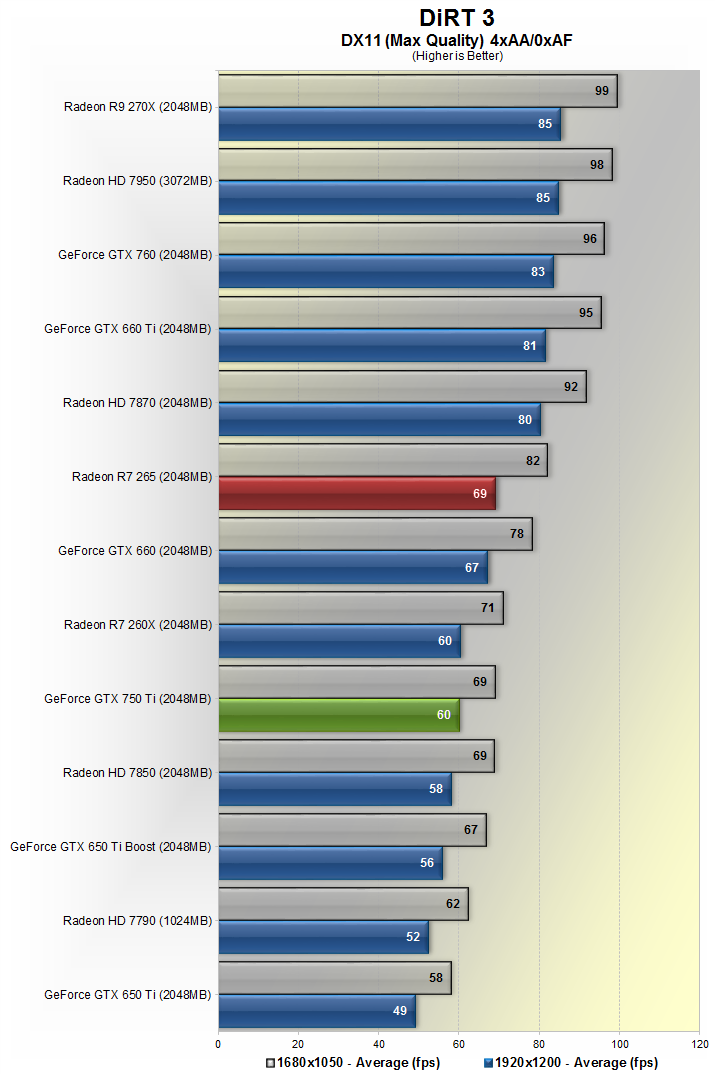
ROPs (Raster Operations Pipelines - also sometimes called Render Output Units) are responsible for filling the screen with pixels (the image). The number is calculated by multiplying the amount of colour ROPs by the clock speed of the card. Pixel Rate: Pixel rate is the maximum amount of pixels the video card can possibly write to the local memory in a second - measured in millions of pixels per second. It is measured in millions of texels processed per second. The better this number, the better the video card will be at handling texture filtering (anisotropic filtering - AF). This figure is worked out by multiplying the total number of texture units by the core clock speed of the chip.

Texel Rate: Texel rate is the maximum number of texture map elements (texels) that are applied per second. It especially helps with anti-aliasing, HDR and high resolutions. The higher the card's memory bandwidth, the faster the card will be in general.

In the case of DDR RAM, the result should be multiplied by 2 once again. It is worked out by multiplying the card's interface width by its memory speed. Memory Bandwidth: Memory bandwidth is the largest amount of data (counted in MB per second) that can be transferred across the external memory interface in a second.


 0 kommentar(er)
0 kommentar(er)
